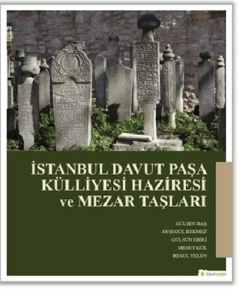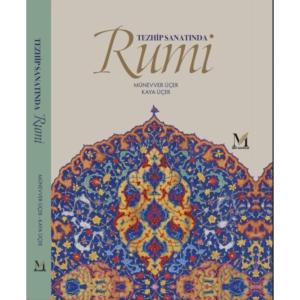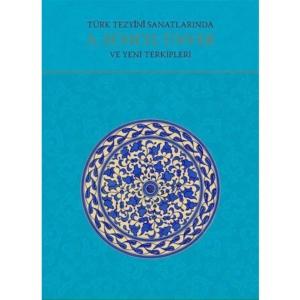
Osmanlı İpekli DokumalarıOsmanlı İmparatorluğunun iktisadi, siyasi, sosyal ve ticari hayatında önemli bir role sahip olan ipekli dokumalar, gerek hammaddesinin pahalı olması, gerekse üretimlerinin çok zahmetli olmasına rağmen yüzyıllar boyunca en değerli ve vazgeçilmez dokuma türü olmuştur.Osmanlı ipekli dokumaları arasında en gösterişli ve tok kumaşlardan olan "kemha" ve kadifenin bir türü olan "çatma", saray ve halk tarafından oldukça beğenilen, kaftan yapımında ve döşemede çok sık kullanılan kumaşlardır.
Ottoman Silk TextilesSilk fabrics played an important role in the economic, commercial, political and social lie of the Ottoman Empire. For centuries they were the most highly valued and sought after fabric types, not only because of the cost of their raw material, but because their manufacture was a complex and highly skilled process.Kemha, which is one of the richest and stoutest of all Ottoman silks, and the brocaded silk known as çatma were fabrics valued in court circles and beyond, used for making kaftans and as furnishing fabrics. Çatma was widely used of cushion covers in particular.
Osmanlı İpekli DokumalarıOsmanlı İmparatorluğunun iktisadi, siyasi, sosyal ve ticari hayatında önemli bir role sahip olan ipekli dokumalar, gerek hammaddesinin pahalı olması, gerekse üretimlerinin çok zahmetli olmasına rağmen yüzyıllar boyunca en değerli ve vazgeçilmez dokuma türü olmuştur.Osmanlı ipekli dokumaları arasında en gösterişli ve tok kumaşlardan olan "kemha" ve kadifenin bir türü olan "çatma", saray ve halk tarafından oldukça beğenilen, kaftan yapımında ve döşemede çok sık kullanılan kumaşlardır.
Ottoman Silk TextilesSilk fabrics played an important role in the economic, commercial, political and social lie of the Ottoman Empire. For centuries they were the most highly valued and sought after fabric types, not only because of the cost of their raw material, but because their manufacture was a complex and highly skilled process.Kemha, which is one of the richest and stoutest of all Ottoman silks, and the brocaded silk known as çatma were fabrics valued in court circles and beyond, used for making kaftans and as furnishing fabrics. Çatma was widely used of cushion covers in particular.





















